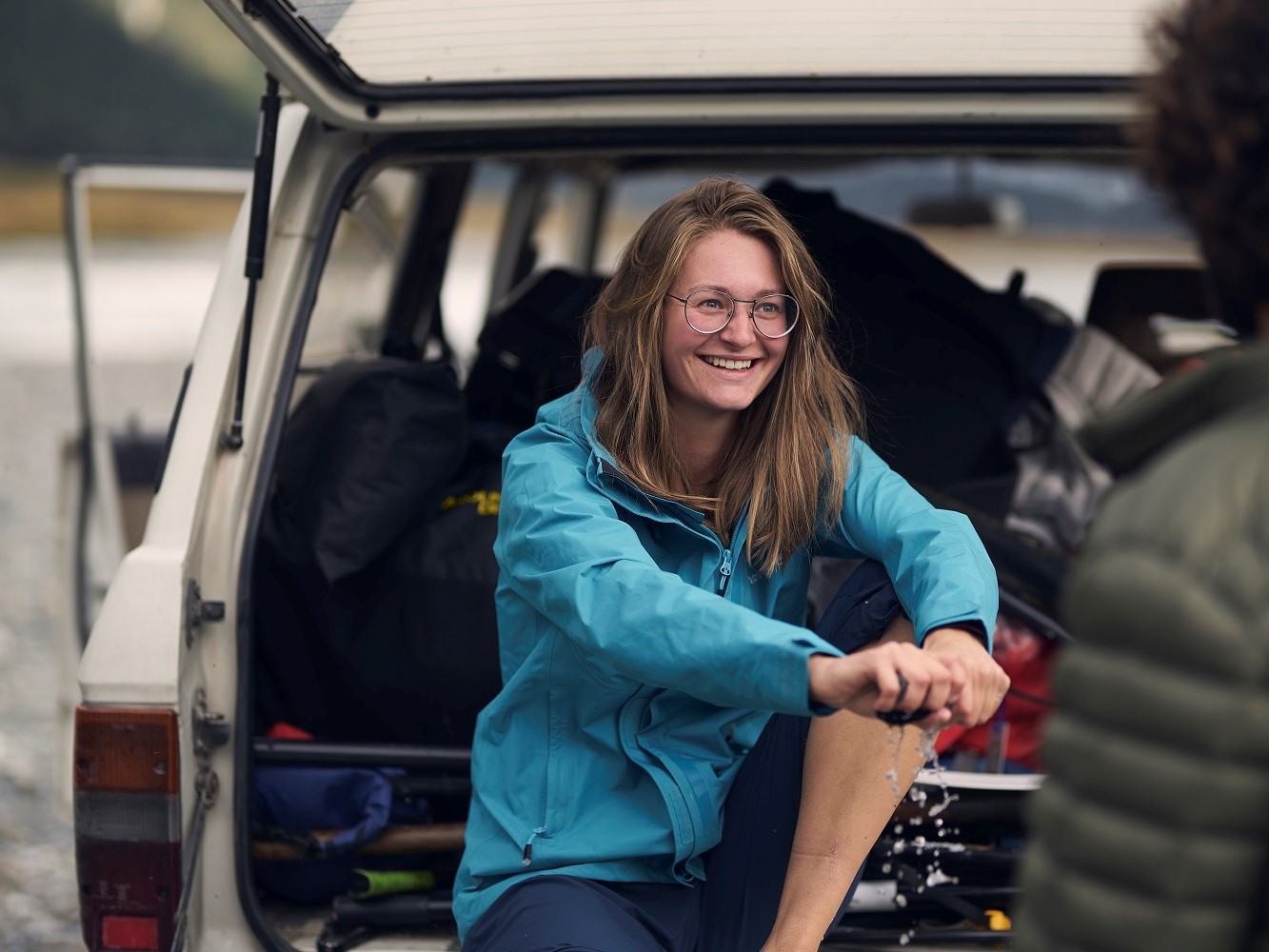| Your browser is not supported. | ||
|
Please browse our site using any of the following options:
| ||
How To - Choose A Jacket
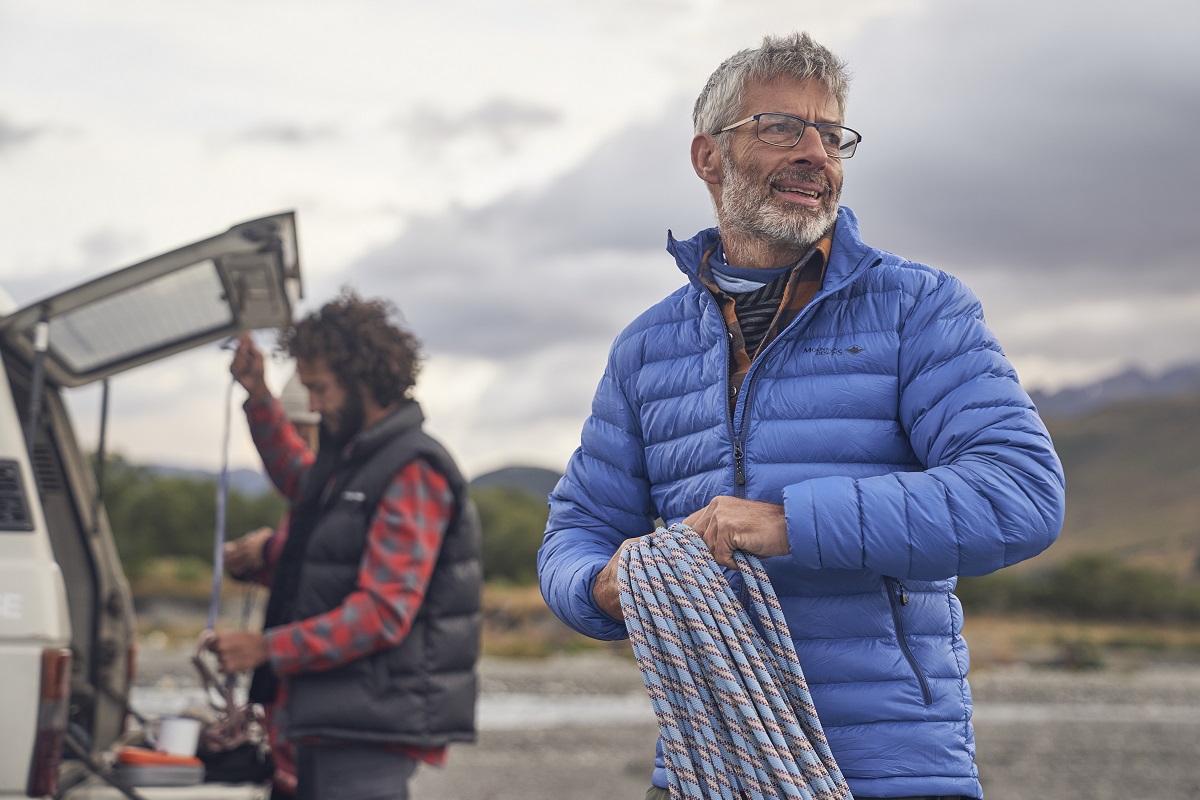
Choosing the right jacket for an outdoor adventure can be difficult because of the huge range of options available to you. You'll have to consider all the technical and functional features you need for your chosen activity and destination, before you even worry about colour, price and sizing. But making a good choice is imperative if you want the right comfort, protection and performance, so make sure you think about the following factors when choosing your next jacket:
Where Do I Start?
Fundamentally, your choice of jacket will be dictated by the weather conditions you are facing and the type of activity you are doing. Clearly, someone trekking through isolated alpine backcountry will need a different jacket to someone simply exploring a foreign city while on holidays abroad.
Weather
Are you heading to the snow where temperatures will plummet towards 0C, or are you camping in the outback where you'll only need protection from chilly morning and evening conditions? Is there a chance of rain? What about heavy winds? Understanding the temperature range you're going to be exposed to, as well as certain weather events such a rain, win or snow, will help you work out what technical features your jacket needs to have to best protect you.
Activity
To ensure you have a jacket that provides the best comfort, you'll need to consider what activities you will be undertaking. Are you simply walking or seeing the sights? Or are you doing high-intensity activity like skiing, mountaineering, climbing or trail running? The right jacket will match the type of activity you are pursuing by providing the right range of movement, coverage and protection.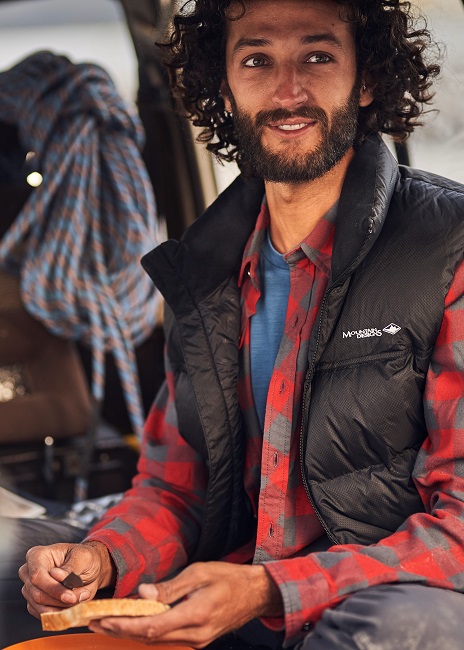

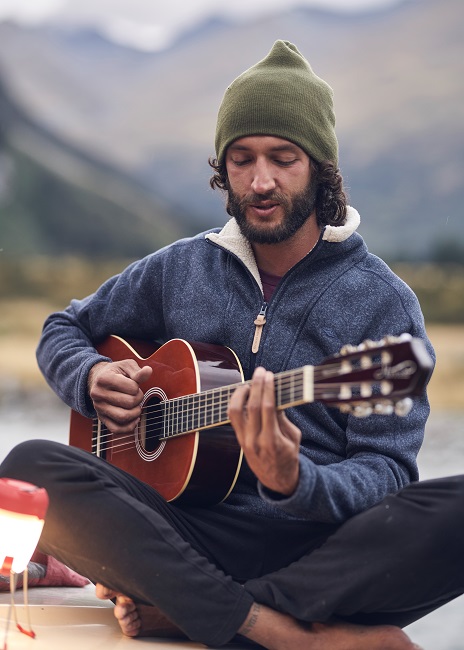
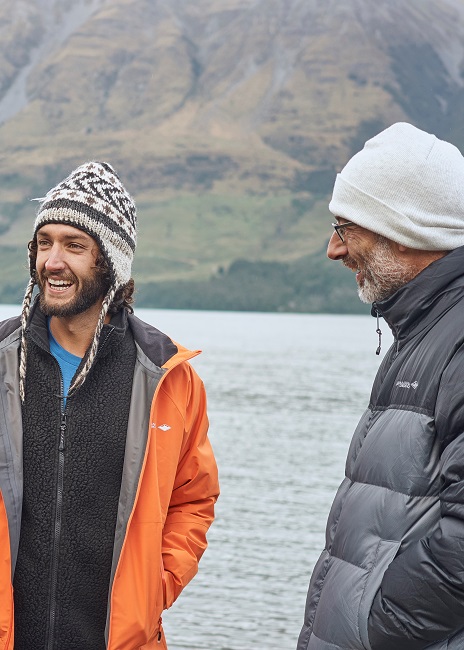

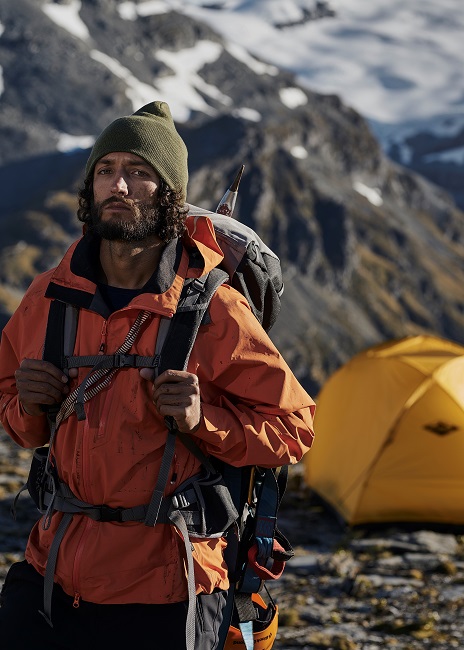
Choosing the right jacket depends on what activities you are doing, and what weather conditions you are likely to be facing.
Understanding Technical Features
Insulation
First things first, insulation itself doesn't warm you up. Rather, it helps to trap body heat within the jacket. It is very effective at doing this, however, so you would look for an insulated jacket when you are going to be adventuring in low temperatures. Typically, there are two types of insulation:
Down - Down insulation is made from goose or duck down, the fluffy layer found underneath the feathers and predominantly around the chest area. Down is commonly mistaken for the feathers but in actual fact is the bird's undercoat, effectively a natural mid-layer. Each down cluster provides warmth by trapping thousands of tiny air pockets within its barbs, and is also incredibly breathable, which allows unwanted moisture to escape. These qualities make down an effective insulating fill for jackets, vests, sleeping bags. Learn more about down and its characteristics here.
Synthetic - Synthetic insulation is made of polyester threading, which is moulded into long single threads or short staples to mimic lofty down clusters. For humid or wet conditions, a synthetic insulated jacket may be preferable because apart from hydrophobic-treated down (water-resistant), moisture can cause down to clump and reduce its ability to insulate.
Coverage & Fit
The fit of your jacket and the coverage it provides have a big impact on its thermal efficiency. Any direct exposure from the external weather conditions to your skin will affect how cold you feel, while any openings in the jacket will allow heat to escape. Certain design features are constructed into the garment to minimise this:
Funnel Collar - Many jackets have a funnel collar to give your neck cover from the elements. Some will use a tricot lining for additional warmth.
Hood - A hooded jacket will give your head, ears and neck weather protection from rain, wind and snow. Ideally, your hood should be adjustable, so you can tighten it around your face to seal in warmth.
Adjustable Hem - Many jackets have an adjustable hem, where you can tighten it to fit your waist shape and trap heat inside. Often this is a shock-cord system.
Adjustable Sleeves - Similar to the adjustable hem, many jackets offer adjustable sleeves so you can tighten the sleeve opening to prevent heat loss. This will usually be some form of elastane binding or Velcro tab system.
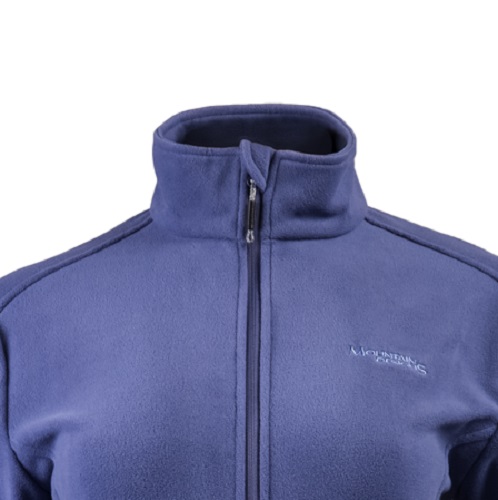
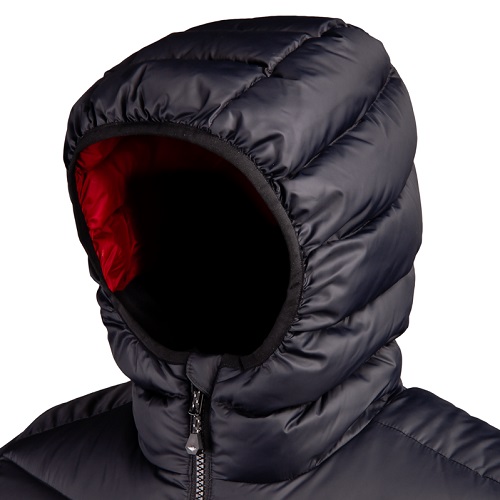
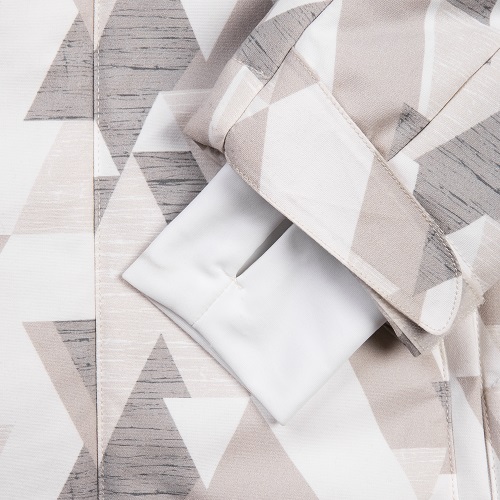
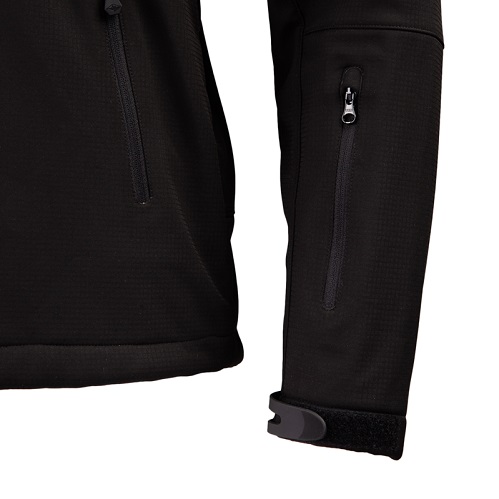
Jacket design features (from left to right): funnel collar, scuba-style hood with elastane binding and chin guard, ninja-cuffs with adjustable Velcro sleeve tabs, and wrist pocket.
Weather Protection
There are a variety of technical design features that will enhance the weather protection of your jacket:
Laminations & Coatings - Your jacket often has a membrane or coating bonded to the underside of the outer shell fabric, which serves as a barrier that water and wind chill cannot penetrate. Coatings are typically lighter and cheaper than laminates, but may not be as hard-wearing or high-performance.
Seam Taping - Any stitch in the garment is essentially a tiny hole that could allow water or wind to penetrate the outer shell and reach your skin surface. To seal these and prevent seepage, jackets may use internal seam taping on all the stitches.
Durable Water Repellent (DWR) Finish - The outer surface of many jackets will be treated with a DWR finish that causes water to bead up and roll off the face fabric. This prevents the fabric itself from getting saturated, which would inhibit the jacket's breathability.
Waterproof Zips - These zips have been coated to prevent water from seeping through, although they are harder to zip up and down. They also require a cover (zipper garage) for the tiny opening at the end of the zip track.
Storm Flap - A storm flap covers over the front zip of your jacket, basically shielding it from cold wind and water.
Hood Peak - This feature allows water droplets to run off the hood without dripping down onto your face.
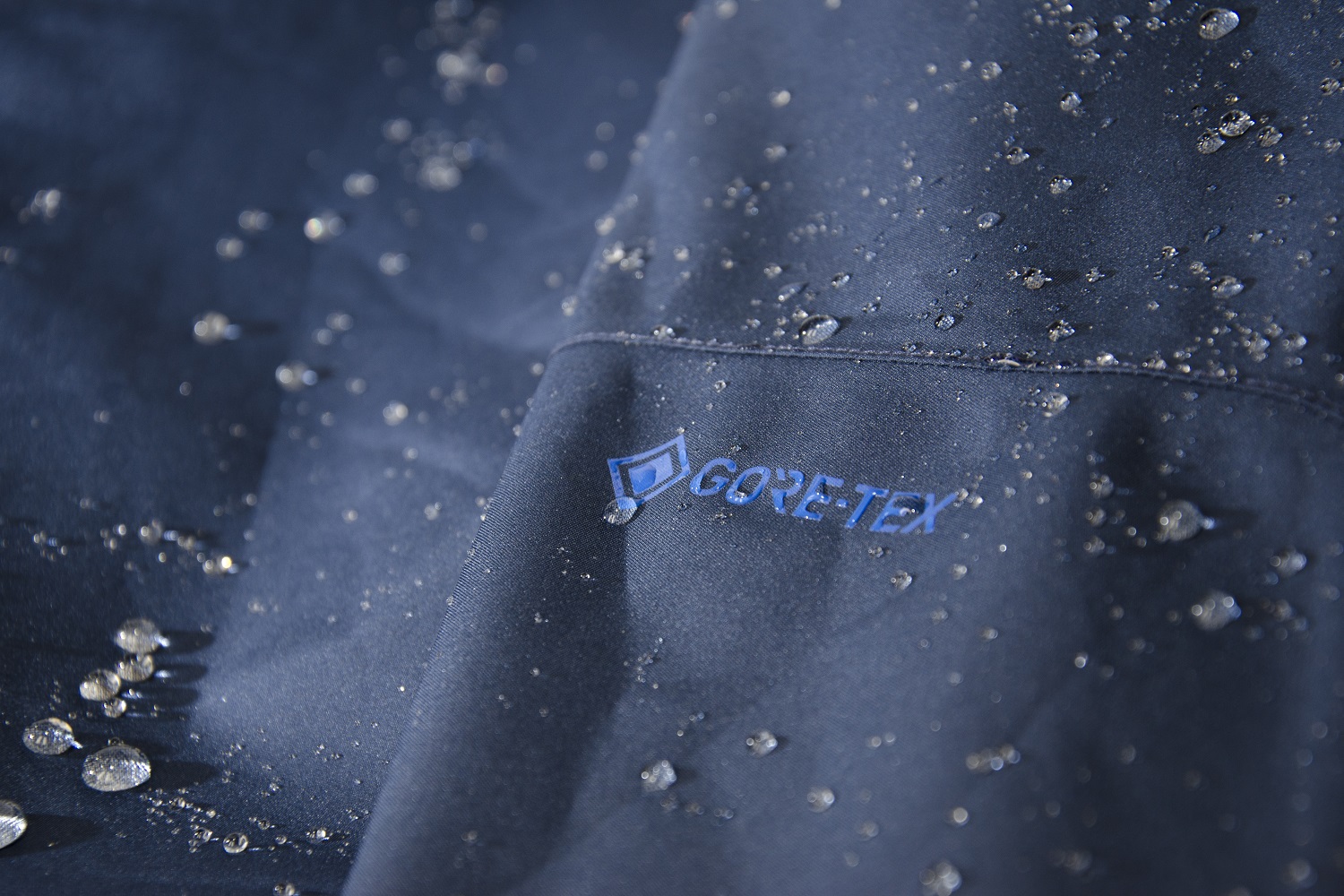
A Durable Water Repellent finish is common on many jacket styles, as it helps to bead up water droplets and prevent the fabric face from soaking through.
Range of Movement
Your jacket should provide a range of movement that suits the end use it is designed for. A technical snow jacket or a rain jacket should be durable and weather-proof, but it also needs to work with your body's dynamic movements if you're skiing, snowboarding or hiking. A fleece jacket that you wear on a light day hike may be constructed with less technical design, but will be easy to move around in thanks to the soft, supple material. Some features that help with range of movement include:
Articulated Elbows - These are sleeves with a slight curve constructed into them, working with the natural motion of your elbows. This allows you greater freedom of movement.
Two-Way Zip - A two-way zip can help when you need greater range of movement (when you are moving more vigorously or some positions like sitting down), just undo the bottom zip slightly to essentially increase the hem.
Breathability
Underarm Zips - Unzip these to speed up sweat evaporation and allow heated air to transfer from inside the jacket to outside.
Two-Way Zip - Similar to an underarm zip, undo the bottom zip partially to increase sweat evaporation and heat transfer.
Mesh Lining - Some jackets will use mesh on the internal lining or pockets, to improve air flow.
Weight
As with most outdoor gear, you want the lightest jacket possible that still performs as you need it to. Each style has certain factors that influences the overall weight - for example fleece jackets can have high-pile, heavyweight material (thicker and denser knit construction) that provides more warmth but will be heavier, than a lightweight knit construction. Pockets and zips also add to the weight, so consider how much functionality and storage you really need.
Packability
Lightweight, less bulky designs will make your jacket more packable, which is convenient for transport and storage. Some jackets have pockets that double as a storage pouch, or an additional stuff sack.
Practical Functionality & Activity-Specific Features
Pockets - Pockets can add to the functionality of a jacket depending on its purpose. Snow jackets often include a wrist pocket to house a ski pass, as well as internal goggle pockets. Some jackets will have hidden pockets that are harder for pickpockets to access, while some use a tricot lining to add warmth. A rain jacket may have drainage holes, should water droplets enter the compartment.
Snow Skirt - Practical for snow jackets, this prevents snow and water from entering the jacket from the bottom hem.
Helmet-Compatible Hood - Larger and deeper in design to accommodate the size and shape of a ski helmet.
Mobile Device Compatibility - Some urban and travel designs have a headphone opening constructed into a pocket so you can listen to music and stay connected while on the move.
Stowaway Hood - A hidden zippered pocket on the funnel collar allows you to pack away the hood when it is not in use. Similarly, some jacket shave a tab in the same spot to secure the hood.
Chin Guard - This is a small zip garage at the top of the main zipper track that covers the zip and prevents it from rubbing against your chin.
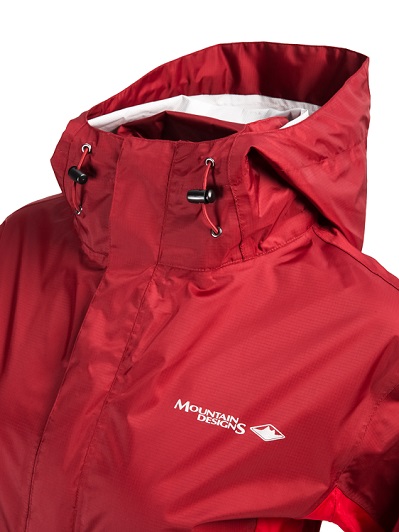
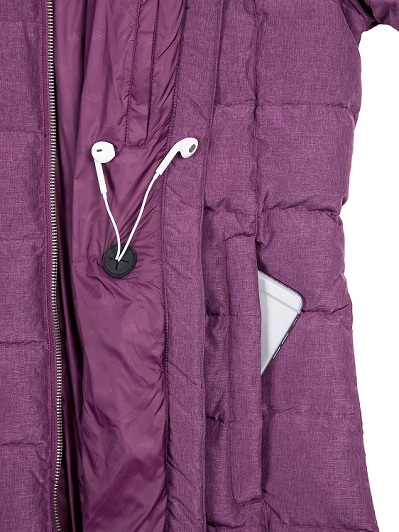
The rain jacket image on the left highlights a storm flap, adjustable stowaway hood, and stiffened hood peak, while the urban/travel down jacket on the right features mobile device compatibility.

